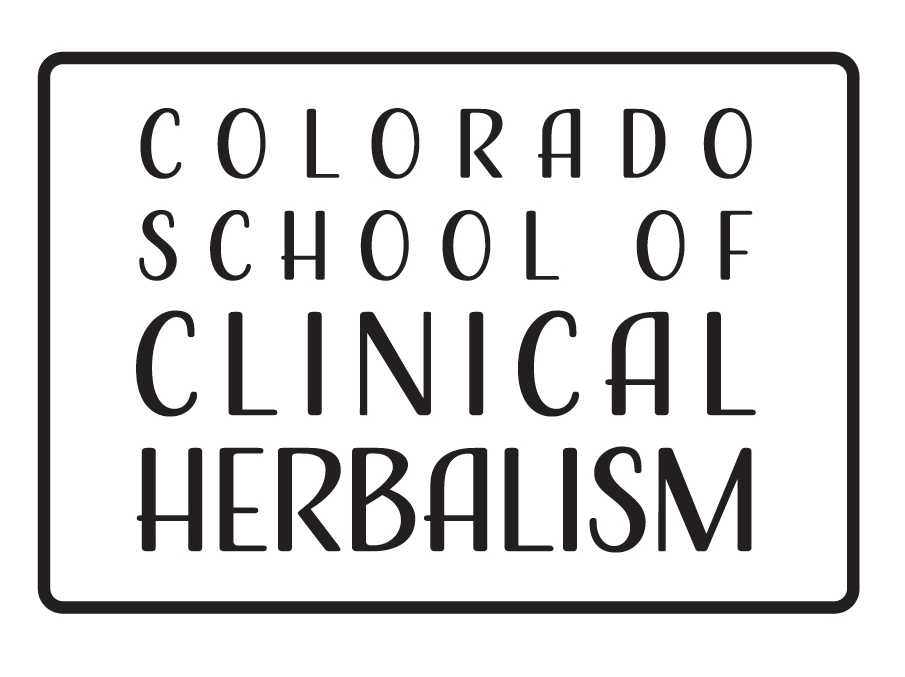 Your Local Apothecary
Your Local Apothecary
by Adrian Mintzmyer, Certified Herbalist
The Rocky Mountains are a rich source of botanical medicines with a wide range of uses, and reconnecting with your own local plants can be a healing experience in itself. Here are some abundant and useful herbs you might find in your backyard or on your next hike:
Dandelion – Taraxacum officinale
This brilliant plant has learned to thrive just about anywhere, and has made its fame as a pesky weed. It is also a gentle and reliable liver tonic, used to aid us in moving wastes through and out of our bodies. By supporting the liver it can help to clear up skin blemishes related to sluggish liver function. As a bitter, it improves digestion and absorption, stimulates healthy appetite, and increases digestive system health.
Uva Ursi – Arctostaphylos uva-ursi
This common groundcover is commonly used with mild urinary tract infections. As an astringent, it can also be applied topically to wounds or inflamed skin to dry, draw, and shrink swollen tissue.
Yarrow – Achillea millefolium
A common wildflower throughout the mountains, Yarrow has caught the attention of herbalists through its antiseptic and styptic properties, and is named after the legendary warrior Achilles. It is equally reliable as a diaphoretic tea during acute colds and flus with fever.
Betony – Pedicularis spp.
A favorite among herbal students, this is a calming herb with muscle relaxant qualities. Adept at toning down an overactive mind, it can promote a sense of clarity and groundedness, and ease the transition into sleep.
Oregon Grape – Mahonia repens
One of the life-saving herbs of our region, this plant is a great topical antimicrobial. Also a reliable liver stimulant, it can be taken short-term to ease the morning after a night of partying too hard (along with lots of water and sleep, of course!)
Before you harvest, make sure your methods will leave behind plentiful stands for future generations. Read more about the ethics of wildcrafting here. Always be sure to have proper ID on any plant you are considering harvesting! To learn more about local plants, how to locate and positively identify them, their uses and preparations, attend our field-based workshops at the Colorado School of Clinical Herbalism. These are offered multiple times throughout the year. Contact Adrian Mintzmyer at adriann.mintzmyer@gmail.com, 530.304.1626, or https://mountainplantmedicine.wordpress.com, to learn about future class opportunities or to register for a class.
References:
http://www.botanicalstudies.net/wildcrafting/wildcrafting_beginners.php
Elpel, Thomas. Botany in a Day: The Patterns Method of Plant Identification (6th Edition). 2013. HOPS Press, LLC.

